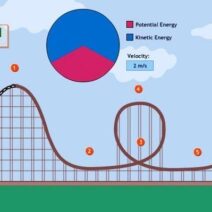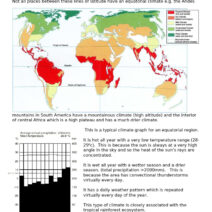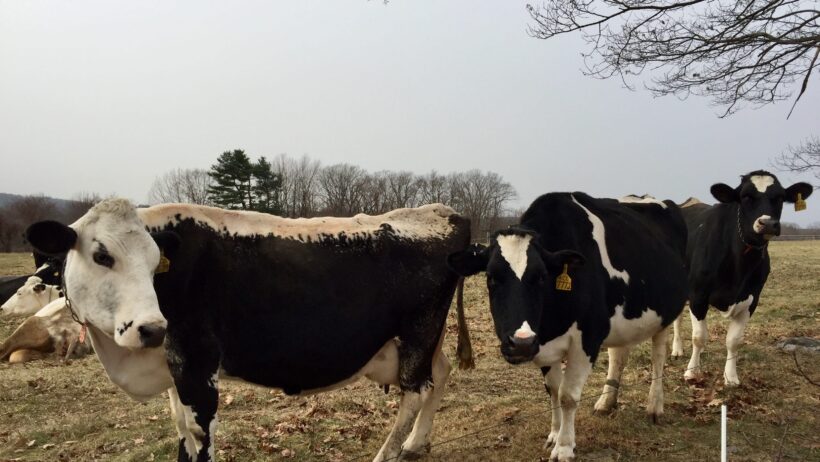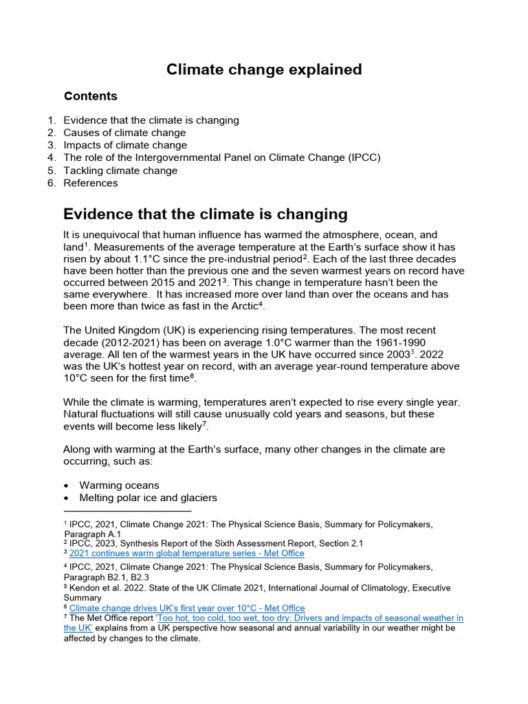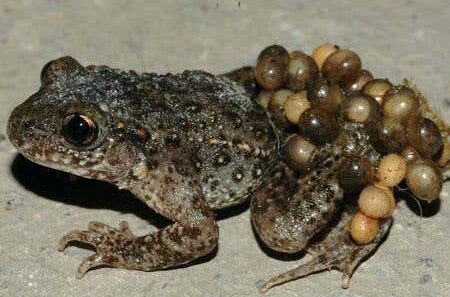In the intricate web of climate dynamics, the contributions of livestock, specifically bovines, have sparked intense debate. The notion that cow farts are a significant contributor to global warming has gained traction, yet a comprehensive examination reveals that the true culprits lie deeper in the digestive processes of these ruminants. This discourse is inherently fascinating, as it intertwines the realms of agriculture, ecology, and climate science.
At the core of the discussion lies methane, a potent greenhouse gas with a global warming potential significantly greater than that of carbon dioxide over a short timescale. Cows, like other ruminants, possess a unique digestive system characterized by a chambered stomach, allowing them to derive nutrients from fibrous plant materials through fermentation. While methane is a byproduct of this process, often associated with the emissions emanating during belching—cows are actually prone to more gas release through burping than farting. Methane production in cows occurs primarily during the rumination phase, a natural process vital for nutrient absorption.
The rhetoric surrounding “cow farts” overlooks the biological nuances inherent in cattle digestion. The term itself has morphed into a colloquial catchphrase, masking the complexity of the scientific phenomenon it purports to represent. Each cow, often referred to as a “methane factory,” contributes roughly 100 to 200 kilograms of methane each year. This might seem negligible at first glance, yet when magnified across the billions of cattle worldwide, the ramifications are indeed staggering. Approximately 14.5 percent of global greenhouse gas emissions stem from livestock, with methane accounting for a significant portion of this figure.
Furthermore, the agricultural practices surrounding modern cattle farming exacerbate this issue. Intensive farming methods, including confined feeding operations, result in increased methane production due to a high-carb diet that cattle are fed, which promotes fermentation. In this context, enhancing the efficiency of cattle diets—shifting from grain inclusions to forage-rich alternatives—can mitigate methane emissions significantly. Herein lies the crux of the solution: optimizing cattle management practices rather than solely attributing blame to the animals themselves.
Interestingly, the intersection of livestock farming and climate change reveals itself as a modern parable on sustainability. Just as the myth of the phoenix illustrates rebirth through destruction, the conundrum posed by cows and methane holds the potential for innovative agricultural practices focused on reducing emissions while maintaining productivity. Regenerative agriculture, an approach rooted in cyclic systems, offers a pathway forward. By integrating livestock into rotational grazing systems, ranchers can enhance soil health and sequester carbon dioxide, effectively turning carbon sinks into positive contributors to the climate narrative.
Moreover, technology is steadily advancing to address the challenges posed by methane emissions. An array of interventions is currently being explored, ranging from dietary supplements containing seaweed to microbial additives aimed at disrupting the digestive processes that lead to methane production. These innovations represent the frontier of climate-smart agriculture, driven by a blend of ecological awareness and technological advancement.
Despite these promising developments, the debate surrounding animal agriculture’s role in climate change is often fraught with dichotomy. Advocates for veganism and plant-based diets argue passionately for a reduction in livestock consumption, positing that the environmental cost of beef and dairy far outweighs their nutritional benefits. While the ethical implications of animal husbandry cannot be dismissed, it is essential to approach the issue with a balanced lens. Cultivating an understanding of the multifaceted relationship between diet, agriculture, and climate change is paramount.
Society’s current path often leans toward polarized viewpoints, neglecting a nuanced understanding of agricultural impacts. It is essential to consider context—regional agricultural practices, the role of cultural traditions surrounding meat consumption, and even the socio-economic factors that dictate food systems. This multifaceted approach fosters productive discussions that transcend the oversimplified narrative of “cow farts” causing climate change.
Experts advocate for a balanced diet rich in plant-based foods while recognizing that sustainable animal farming practices can coexist with environmental stewardship. Encouraging local and regenerative farming, alongside reductions in food waste, forms the crux of a viable solution to the dilemma posed by livestock emissions. It is a call to arms, urging consumers, policymakers, and producers alike to cultivate a paradigm shift toward sustainable practices that nurture, rather than deplete, the earth’s resources.
In conclusion, the relationship between cow emissions and global warming transcends a mere numerical representation of greenhouse gases. It narrates a story of complex biogeochemical networks, innovative agricultural practices, and the human capacity for adaptation. Scientists and stakeholders must engage in collaborative discourse, uncovering the layered realities underpinning livestock production. By doing so, society can transform the conversation surrounding cow emissions from one of blame to one of solution, paving the way for a resilient and sustainable agricultural future.
